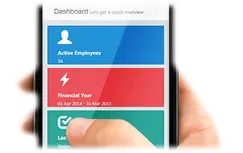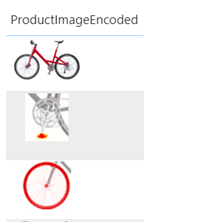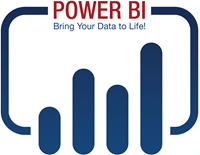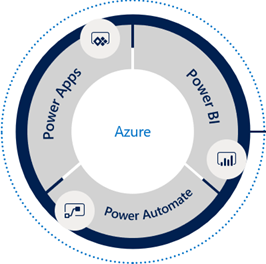Links to Power BI Mobile Reports or Apps
You have deployed your Power BI reports/apps and now management is eager to use them. But how do you provide an easy one-tap shortcut for them to launch a specific report or app on mobile devices and open them in Power BI Mobile? For example, in a recent project, we had to provide executives with an easy “button” to see their executive dashboard on iPhone/iPad. To make things more interesting, the ask was to auto-provision “the button” so the users don’t have to create it manually.
Each approach has specifics controlled by the operating system on the device. Your best option will probably be Siri or Android shortcuts.
- Siri or Android shortcuts – Use this option when you want the user to initiate the link either by clicking on it or by speaking the associated phrase. For more information, read “Using Siri Shortcuts in Power BI Mobile iOS App” and “Use Android app Shortcuts in the Power BI Android app” The downside of this approach is that Apple doesn’t currently have shortcut APIs so you can’t provision the shortcuts, such as by using Microsoft Intune or AirWatch. In other words, the user must manually create the shortcut within Power BI Mobile. However, they can send the shortcut to other users as “untrusted shortcut”.
- Redirect links – Use this option when you want the device to prompt the user to install the app if it is not already installed. For more information, read “Create a link to a specific location in the Power BI mobile apps“. The steps to create a shortcut are device specific. In this project, the client used AirWatch to provision “weblink/webclip” icons to launch the redirect links. The caveat for using redirect links is that the user will be always prompted to “close” the prompt or open the app, and as far as I know, there is no way to bypass this prompt.
- Universal links – Luckily, Power BI supports iOS universal links. Just navigate to the report in the browser, copy the link, and associate it with an icon. The old way to create the link, which is still supported, was to use the mspbi scheme, such as mspbi://app/OpenReport?appId=1f3d811e-8d6c-4708-9034-ad5c2db1615b&reportObjectId=16c484cd-d2b2-40ab-bddc-3cb97b62e518. Choose this option when you want to bypass the prompt asking the user to open the app. Universal links work if the link is in email message, Siri shortcut or some other app, such as Notes. The downside is that if the user creates a “weblink/webclip” shortcut with the link using the “Add to Home screen” feature or auto-provision with AirWatch, the shortcut will always open in the browser and bypass Power BI Mobile. In other words, the link won’t work when launched from a “weblink/webclip” shortcut.
Let’s summarize the three approaches.
| Option | Pros | Cons |
| Siri or Android shortcuts (Recommended) | No prompt, can be voice activated | Since there are no APIs to work with shortcuts, they can’t be automatically provisioned |
| Redirect “deep” links | Ask the user to install the app if not present | Always prompts the user to “close” or open Power BI Mobile. |
| Universal links | Don’t prompt the user | Don’t work from “weblink/webclip” shortcuts |














